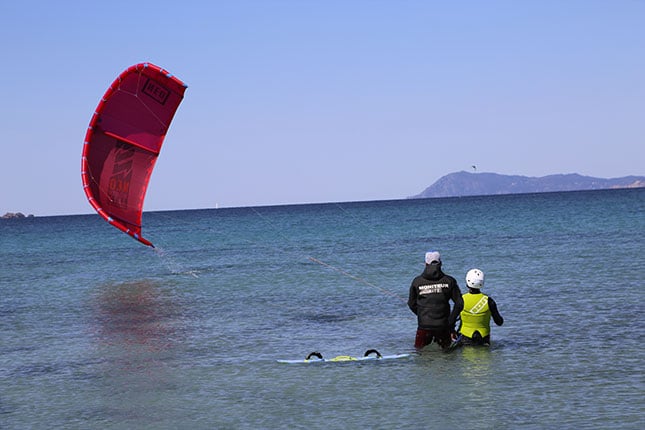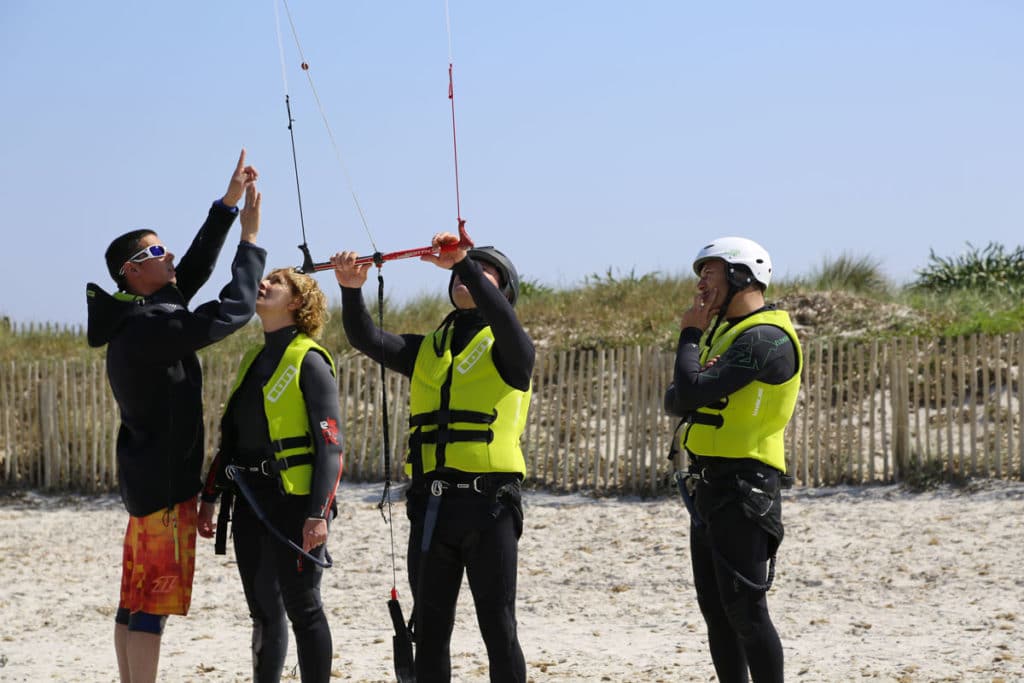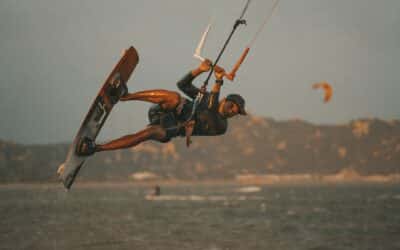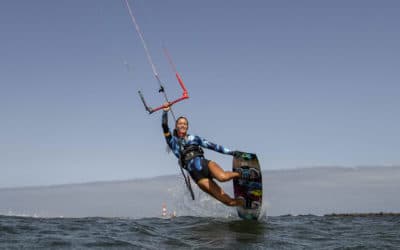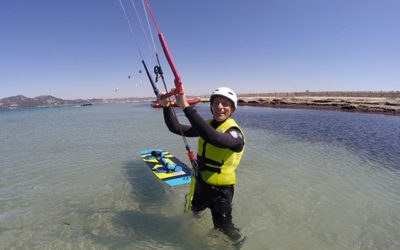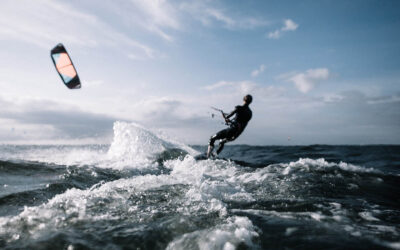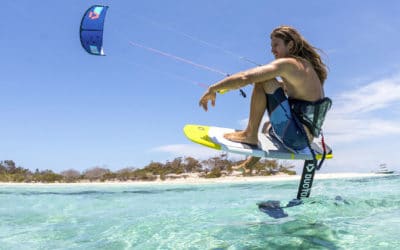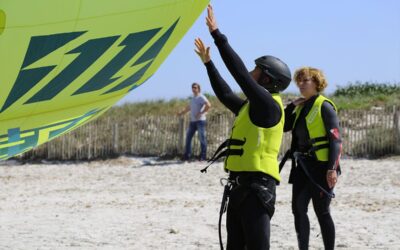Learn the basics of kitesurf
Kitesurfing is an activity that may seem very difficult at first glance, but does not require any particular physical condition. However, there are certain steps that must be taken in order to learn the basics of kitesurfing perfectly. If you enjoy this activity, you should try to find a good school that teaches kitesurfing. This way, you will have acquired the basics and above all, you will have learned the standards, the safety issues, the control of your kite.
Learn to handle your equipment
It is advisable to know your material well before you start. It is also essential to be in tune with your environment. You must take into account the weather conditions, the position and strength of the wind, the condition of the water, etc. If you take all these elements into account, you will be able to choose the right sail size. This is why it is very important to measure the wind strength. A good analysis of the water will also allow you to evaluate the different dangers, the obstacles to avoid such as rocks, moored boats… It is also important to detect the dangers emanating from the position of the wind. It will help to identify whether the hazards are upwind or downwind. At school, you will also learn how to best unroll your lines and then connect the kite. The connection of the kite is very important and should be taken seriously to avoid accidents. Make sure you are aware of the different safety systems on the bar in case of problems.
Discover our kitesurfing initiation lessons in Hyères.
Using the kite correctly
It is important to know how to use the kite. In general, it is advisable to act in pairs at the beginning. The kite is quite heavy and to handle it properly you need four arms. Ideally, one person should be at the helm and another person should hold the kite. In this way, they can wait for a signal to release the wing so that it can take off. It is also good to know that this operation is mostly done on the ground. However, many people prefer water to avoid falls. When the wing is high up, it is supposed to rise gently against the edge of the window. At this point it does not generate power. It is also essential to move the kite back and forth along the edge of the window to become aware of the capabilities and constraints of the wind window. Once you are familiar with the kite, you can then move it to the middle of the window and let it pull you through the water in a towed swim. Only when the person knows how to handle the kite can they start to water start. Indeed, the students must know how to handle the kite without dropping it, while learning to orientate themselves correctly.
Doing your first waterstart
Before attempting to stand up on the water, it is essential to adjust your footstraps on the board to make them easier to put on. Next, place your kite at the zenith and choose a swing direction, either right or left. You can start drifting in either direction while using your legs on the board. Once you have gained some stability, you can then swing your kite, which you have previously set to 11 o’clock in the opposite window, to maximise the power to raise the board. It is strongly recommended not to hold on to the bar and pull, otherwise the kite will lose power. The choquer-border technique must be learned. It consists in tucking and gaining speed during the waterstart. Then you have to choke as the kite rises.
Going upwind while making your first tacks
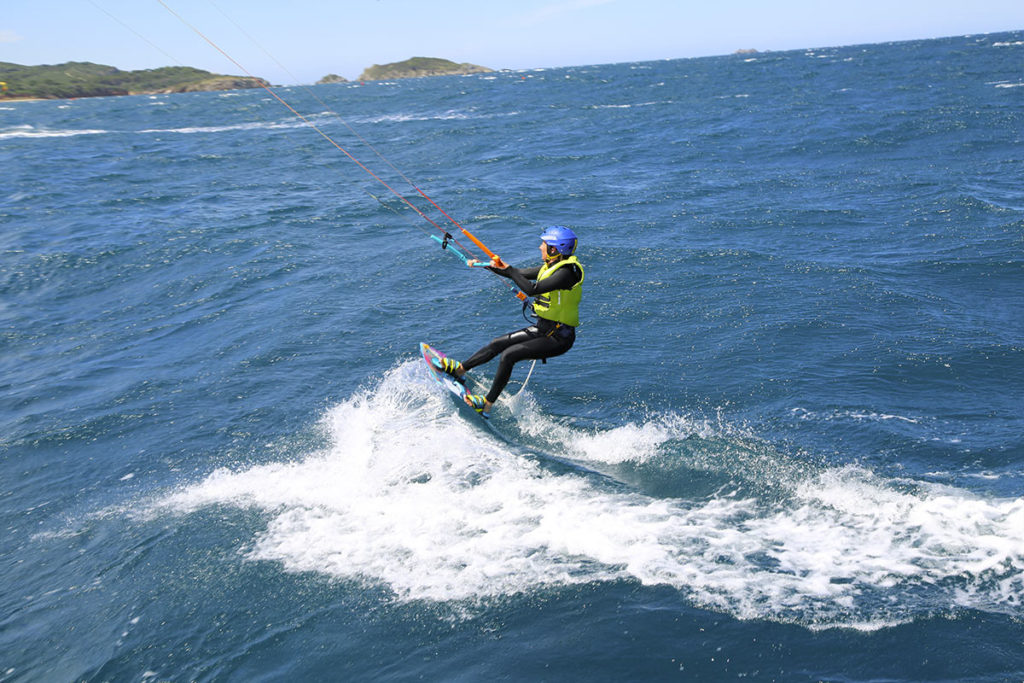
Search
Catégories
Recent Posts
Suivez-nous !
